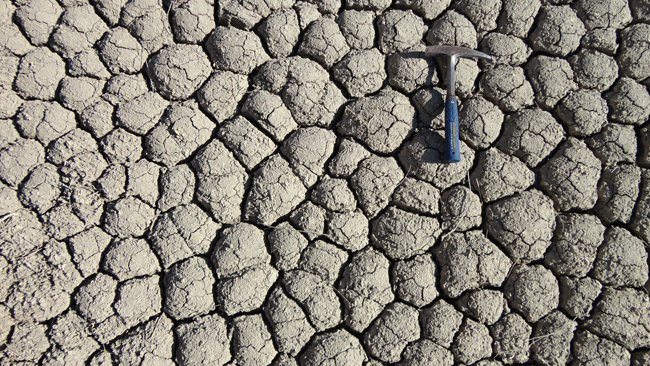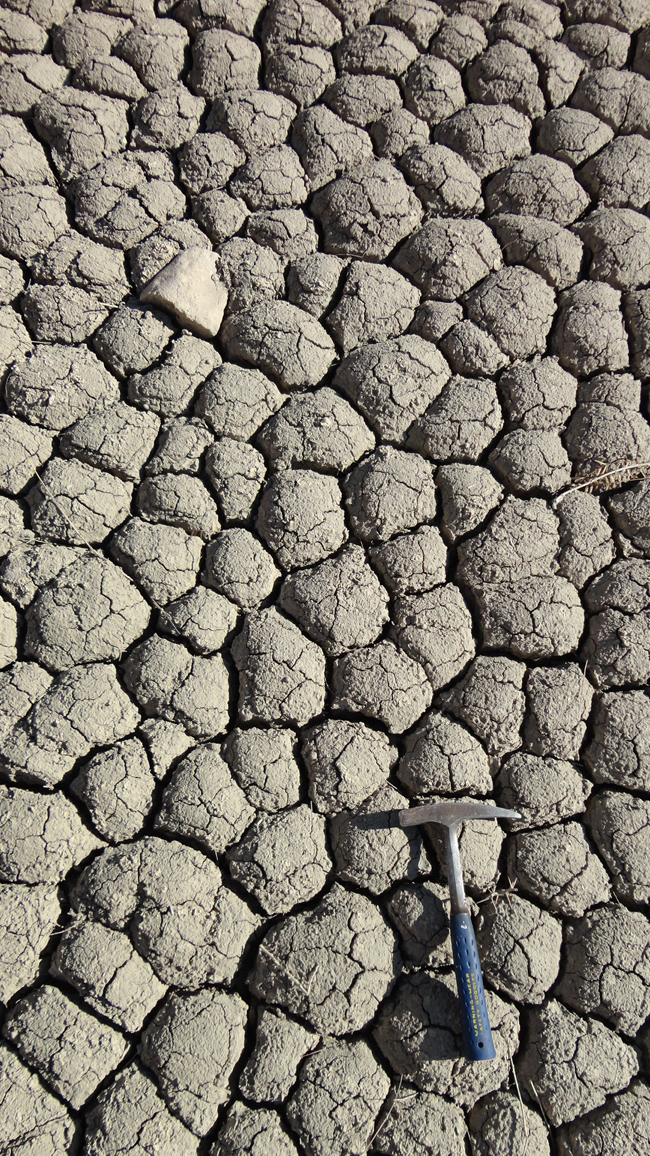Some sweet “columnar jointing” style mudcracks from an abandoned quarry in about the farthest west corner of Texas that you can get to, or maybe the southeasternmost corner of New Mexico. One of them, anyhow…


Did you spot the imposter?
Some sweet “columnar jointing” style mudcracks from an abandoned quarry in about the farthest west corner of Texas that you can get to, or maybe the southeasternmost corner of New Mexico. One of them, anyhow…


Did you spot the imposter?
At first I thought these might be examples of a developing vertisol. But the lack of really upheaved ground renders that unlikely. Also, if you were in a quarry, it’s possible this material had washed in from quarry activity, so this would be disturbed ground. A quick glance at the soil map and it also looks like the soils around that part of TX/NM are Aridisols, given how lovely these mudcracks are, the source material is probably an Argid (clay rich, arid environment soil).
How tall were these columns – or rather, how deep below the surface did the fractures extend?
Thanks Matt – Not sure how deep they went. My sense of aesthetics won out over my sense of scientific inquiry, and I left them dessicated by undissected.
Some very different looking mudcracks from the same general part of the world: http://www.gigapan.org/gigapans/15219 These were definitely in a disturbed area (borrow pit floor).
Mudcracks are all the rage today.
I have the Astronomy Photograph of the Day app on my phone and thought you would find today’s photograph of a Sailing Stone in Death Valley to be of interest.
http://apod.nasa.gov/apod/